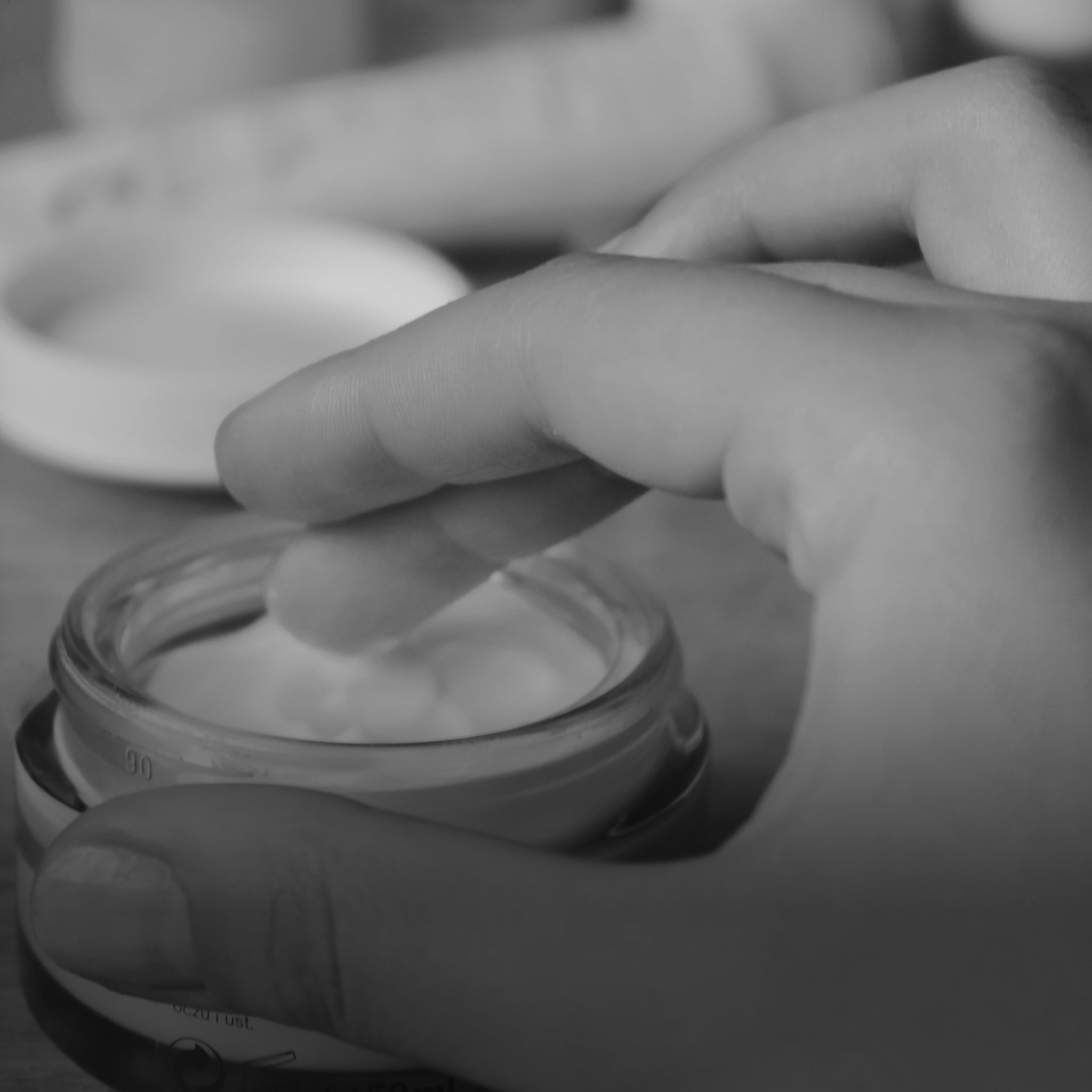Dry Skin
Dry skin is a very common skin complaint with many causes. Too much washing or using harsh products can wash away the natural oils that keep our skin healthy, while indoor heating strips moisture from the air in our homes. No matter what the cause, dry itchy skin is not something you should have to live with long-term. There is a lot you can do to improve your own skin, such as using a good hydrating moisturiser that contains no unnecessary chemicals, and avoiding harsh drying soaps. Dry skin is often temporary but for some, it may be a lifelong condition. It is most common on the face, hands, lower legs, arms, sides of the abdomen, and thighs. Dry skin is more common during the winter months, when humidity is low. Elderly people tend to have more trouble with dry skin due to the natural changes in skin that occur with age.
Signs & Symptoms
- Itching
- Rough dry patches
- A feeling of skin tightness, especially after bathing or showering
- Flaking, scaling or peeling in more severe cases
How to prevent or treat dry skin
- Water, water, water — drink plenty of water to keep skin hydrated
- Take warm baths or showers — hot water dries out skin
- Limit baths/showers to five to ten minutes
- Don’t use abrasive sponges or scrubs, use your hands or a soft washcloth
- Gently pat skin dry after bathing or showering and apply moisturiser immediately
- Avoid harsh, drying soaps, cleansers and shower gels
- Use a humidifier to add moisture to the air inside your home
- Choose fabrics that allow your skin to breath, such as cotton and silk
- Wash your clothes with detergents free from dyes or perfumes, which can irritate skin
- Protect your skin against the sun, use a sunscreen with a high SPF all year round

















